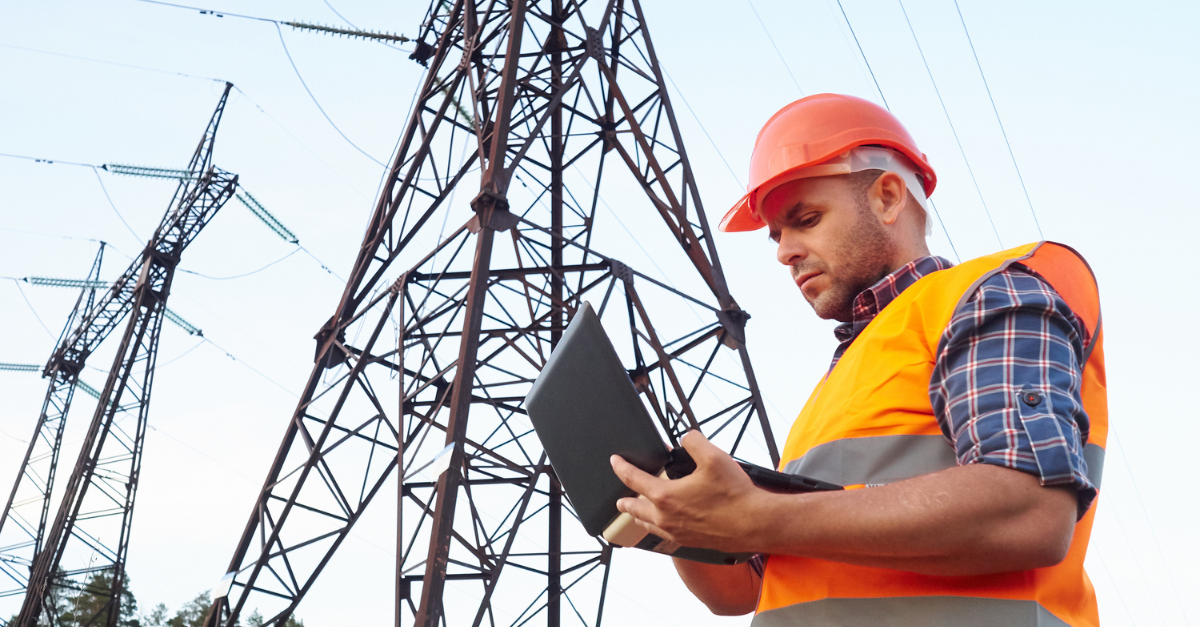
In their report Magic Quadrant for Field Service Management, Gartner reports that “by 2020, more than 75% of field service organizations with over 50 users will deploy mobile apps that go beyond simplified data collection and add capabilities that help technicians succeed.”
Augmented reality (AR) is a billion-dollar business. Every day, people are coming up with new and innovative ways to bring AR into our everyday lives in the form of games and apps like Pokémon Go and Snapchat.
As of right now, AR hardware for field service—like glasses and smart sensors—are quite expensive and not readily available to most field service companies.
But you don’t need fancy glasses to bring the power of AR to your field service business. There are ways you can start benefitting from AR right now, without investing thousands of dollars in new equipment.
Remote Visual Assistance
Remote visual assistance is a way for field service technicians to collaborate in real-time with remote agents or experts during inspections, assessments, diagnosis, or support processes. It’s sometimes also called “remote guidance” or “remote collaboration”.
Here are just a few scenarios where remote visual assistance can be helpful for field service:
Scenario 1:
A technician is called out to a repair site. They look at the issue and realize that they don’t know how to fix it. Rather than bringing someone else to the repair site to help, the technician connects with a back-office expert through their phone, tablet, or other mobile device. The technician can show the expert the issue exactly as they see it, using the camera on their device. The expert can ask questions, gather information, and conduct a thorough assessment of the problem. From there, they can create a detailed Fault Report.
Scenario 2:
A customer wants a technician to come out and look at an issue, but the technician isn’t sure what kind of equipment they need to bring. Through remote visual assistance, the customer can visually show the technician the issue while the technician gathers details and assesses the problem. Then, the technician can be sure they have exactly what they need BEFORE they go out to the customer’s site to fix the problem. This increases the chance of a first-time fix.
Scenario 3:
The technician is on-site, Fault Report in hand, but they’re not completely confident they know how to fix the problem. Rather than taking a chance and “winging it”, the technician can remotely connect with an expert to guide them, step-by-step, through the repair. The expert sees exactly what the technician sees and can show them exactly what to do using hand overlays on the technician’s screen.
Improve now
See our entire collection of applications to streamline your field reporting and much more.
Why Use Remote Visual Assistance in Field Service
Better first-time fix rates
Remote visual assistance can help raise that all-important first-time fix rate in a few ways. Because your technicians can gather more information and context before they go to the site, they can better assess and repair problems. And because your technicians have access to expert assistance during the repair process, their repair accuracy rates will go up too.
More satisfied customers
Your customers turn to you for knowledge and support: remote visual assistance helps you provide more of both. When your technicians are more confident in their abilities, and when they have all the tools and knowledge they need to complete a job correctly on the first try, they naturally do a better job (and have higher job satisfaction, too).
Less time and money spent on training
With remote visual assistance, your technicians have more support in the field. This means your technicians are trained better, and everyone has more confidence in their ability to do the job. Whenever they need help, they can start a remote guidance session for more information. You can even record remote guidance sessions and make them available to all technicians as part of a knowledge base: that way, the next time the same problem arises, the technician can watch of video of how the problem was fixed last time, and follow along in real-time.
Higher employee retention
Not only can you get new employees up and running quicker, remote visual assistance can help all workers feel more supported in the field. The level of knowledge needed and the challenge of keeping up with all new types of equipment can be stressful, even for experienced technicians. But remote visual assistance makes learning easier for everyone. When your workers feel supported, they have higher work satisfaction. When your workers enjoy their work, both productivity and retention go up: something that’s important when service providers fight over the best technicians.
Available right from Novacura Flow
But here’s the best part: Novacura has recently partnered with XMReality, one of the leaders in AR technology, to bring remote visual assistance right to your workflows.
With Flow, you can build workflows based on your processes to help your field service workforce make the right decisions at the right time. And if they need help from the back office at any stage of a workflow, like getting an expert assessment for a fault report? All they have to do is click a button.
Since Novacura flow is built for hassle-free continuous improvement and easy adaptation to today’s rapidly changing business environment, it will evolve with you as your business grows and adopts modern technologies—like XMReality and remote visual assistance.
Want to see how Flow and XMReality work together to make field service more efficient and productive? Sign up for a free, live demo.





